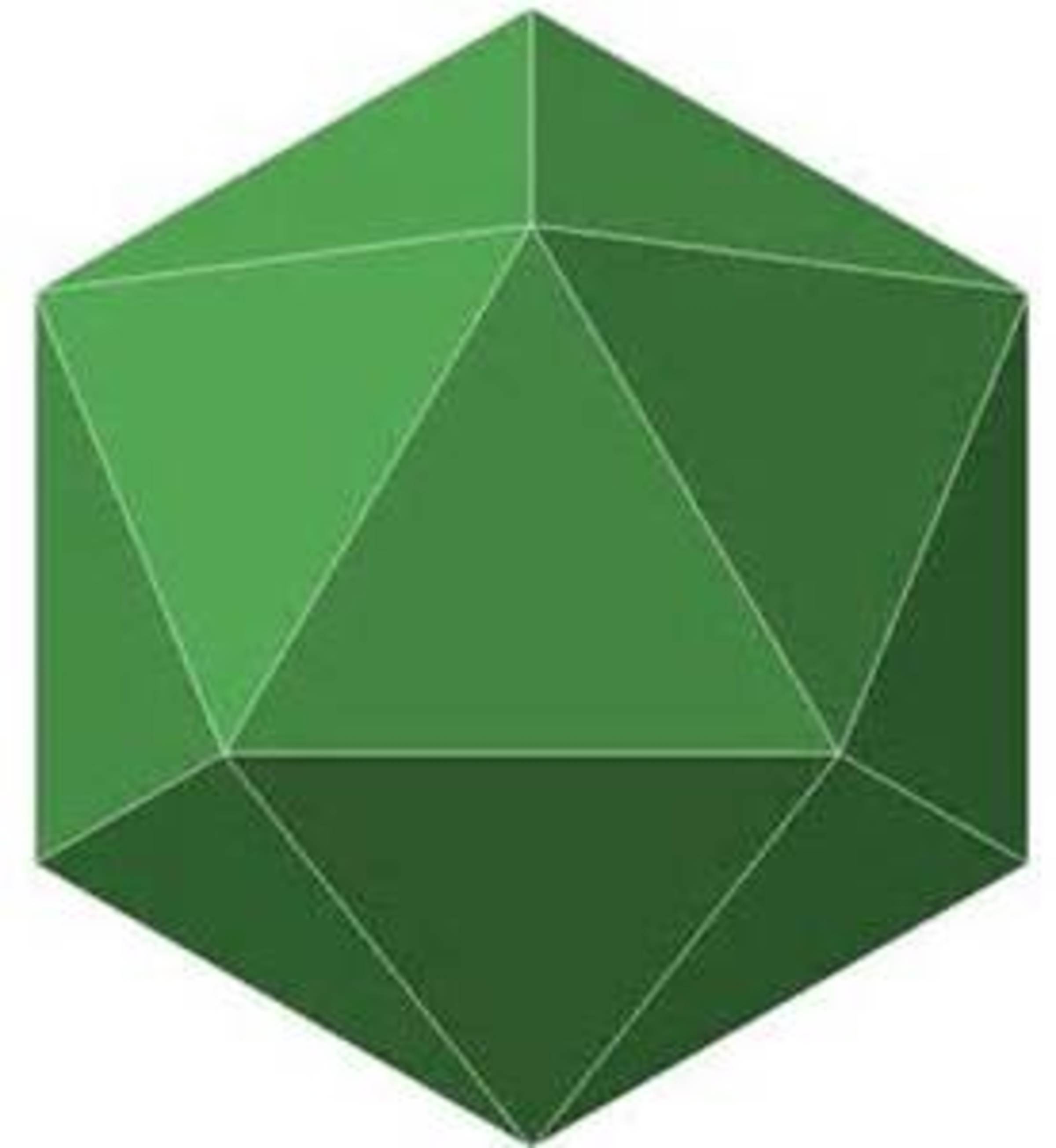3D Scan - Icosahedron

A 3D scan is taken of an icosahedron.
To do this, a plane starts at one face and is slowly lowered until it gets to the opposite face, always staying parallel to those two faces.
As it is lowered, the cross section takes on a variety of polygons with different numbers of edges.
Which of the following shows this progression, i.e. the number of edges the cross section has, as it is lowered? (Starting and ending with 3, representing the triangular faces it starts/finishes on)
Try more questions on Platonic Solids .
This section requires Javascript.
You are seeing this because something didn't load right. We suggest you, (a) try
refreshing the page, (b) enabling javascript if it is disabled on your browser and,
finally, (c)
loading the
non-javascript version of this page
. We're sorry about the hassle.
As the plane is lowered, right off the bat, each vertex splits into three, making 9 total vertices. Then, when the plane gets to the first set of vertices, it cuts through 12 different faces (all the faces except for the top and bottom faces, and each of the faces they are adjecent to). Then, as the plane passes through the middle (still @ 12 sides), by symmetry, the polygon goes from 12 sides, to 9 sides, and finally back to 3 sides at the opposite face. So, the progression is 3 → 9 → 1 2 → 9 → 3 .